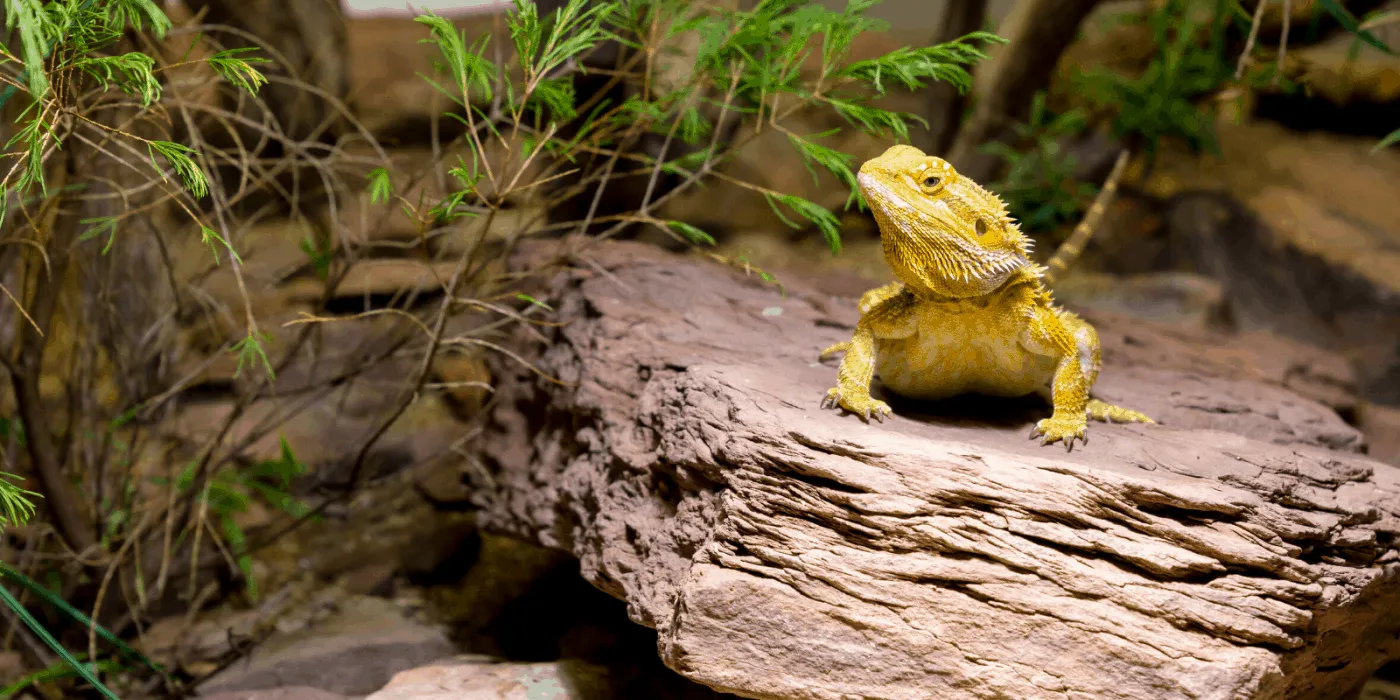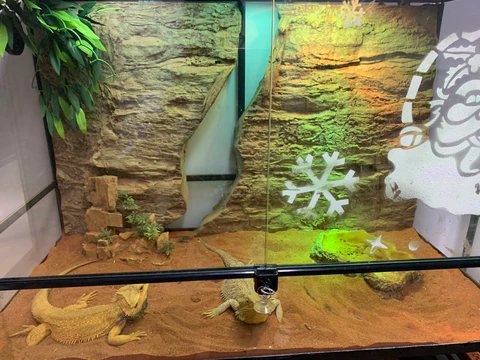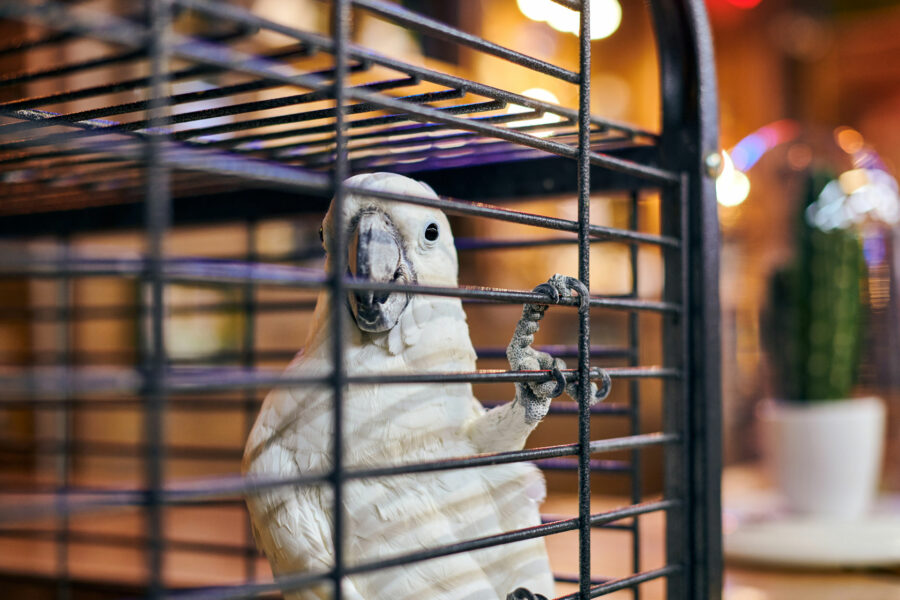Understanding UVB in Reptile Lighting: UVB Bulbs & Thermostats Explained

The Way UVB Bulbs Work
UVB bulbs are specially made bulbs that reproduce natural sunlight, and provide the wavelength required to produce vitamin D3. These bulbs are known to be of different variations having coil bulbs, compact fluorescent bulbs, linear tubes, and mercury vapor bulbs. Both of them are strong in their own way, e.g. linear tubes T5 and T8 are evenly spread over a greater area, and mercury vapor bulbs mix UVB and heat within a single product. You need to choose a UVB bulb depending on the kind of reptile you keep and also on the space you have.
The Strength and Position of UVB
The UVB bulb is generally measured by the percentage output (e.g. 5.0, 10.0, 12.0) of UVB. Tropical reptiles typically do well on a 5.0 or 6 percent bulb set up but desert reptiles such as bearded dragon tanks need a higher output at 10.0 or 12 percent. Location also counts as UVB rays tend to diminish quickly with distance and get filtered through glass or plastic thus, it is very important to place the bulb at the right height and free of any obstructions. The practice is always following the manufacturer guidelines and generally looks into using UV index meters to be precise.
Timely replacement of UVB Bulbs
The failure to replace UVB bulbs is one of the most frequent errors committed by the reptile owners. Although the bulb may continue to produce visible light, the UVB mercury emission level declines greatly with time. The majority of the UVB bulbs require replacement within 6 to 12 months or the type and the usage. Put a reminder in your calendar or even keep one so that you do not forget to provide your reptile with the UV it requires.
What is the Role Thermostats Play?
Although thermostats have nothing to do with UVB lighting, they become a crucial part of ensuring a safe and constant environment within the reptile enclosures. Most of the UVB installations, particularly the ones that run mercury vapor lights, are also heat producing. There is a thermostat that will prevent the basking spots from overheating causing your reptile to have burns or suffer heat stress. With digital thermostats, you can have accurate temperature manipulation and may come with probes that can be fitted next to basking points to check the temperature in real time.
Make a Symmetrical Lighting and Heating system
The right balance between adequate UVB light and a source of heat allows the establishment of a thermal gradient. This enables the reptiles to relocate between warm and cool areas similar to what happens in the natural environment. As an example, you can keep the UVB bulb near a basking lamp and your reptile will absorb UVB and thermoregulate at the same time. Think of applying reflectors or dome fixtures to concentrate the light more efficiently, and you should always make observations of the temperature and humidity of the reptile enclosures in Australia, using thermometers and hygrometers.
Conclusively, Buy the Proper Setup to Keep a Healthy Pet
Learning about UVB light, the appropriate use of bulbs and the thermostat can mean the difference between a lifeless sick reptile and a healthy long living reptile. It might be a daunting prospect when you begin, but with a bit of research and the use of the right gear there is a lot that you can do. And with the lighting and heating system, always customize them according to the needs of your species of reptile, and when in doubt, check with reptile care experts or herpetologists on the internet.
Tags



